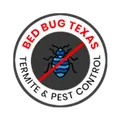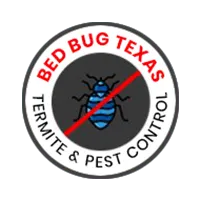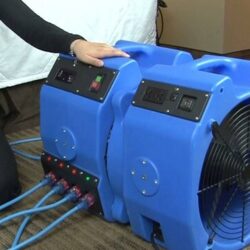GUIDE TO PREPARING HEAT TREATMENT FOR BED BUGS
Facing a bed bug infestation can be a daunting challenge, but with the right preparation for a bed bug heater rental treatment, you can ensure a successful extermination. Before the arrival of the DIY bed bug heating equipment at your location, it is crucial to prepare the area meticulously. The key is to leave everything inside the treatment area except for heat-sensitive items and garbage, which should be removed in sealed bags. This guide outlines industry best practices to help you prepare effectively without overcomplicating the process.
1. Avoid Pesticides
Before DIY Bed bug heater rental treatment, refrain from using pesticide foggers, bombs, sprays, or dusts. The heat will render these products ineffective, necessitating reapplication afterward.
2. Premises Preparation
Minimize heat loss by closing A/C vents, covering leaky windows with insulated blankets, and sealing bathroom exhaust fans. For single-room treatments, place a towel under the door to prevent heat escape.
3. Declutter
Organize cluttered areas for optimal heat circulation, essential for reaching and eliminating bed bugs in all their hiding spots. Keep everything in the room unless it’s trash or heat-sensitive.
4. Clothing and Linens
Although not mandatory, washing and drying all clothes and linens at high heat before and after treatment is advisable. Ensure closets and drawers are not overstuffed, and all linens are accessible for treatment.
5. Furniture Preparation
Slightly move all furniture away from walls and open all drawers to facilitate heat penetration. For mattresses and box springs, use an object to create separation for better heat access.
6. Electronics
Unplug all electronic devices except refrigerators and freezers. Leave electronics in the treatment area, as bed bugs can hide in these items. Wait until the devices return to room temperature before using them again.
7. Suitcases and Bags
Empty all suitcases, backpacks, purses, and briefcases, leaving them in the treatment area to ensure they are also free from bed bugs.
8. Pets, Plants, and Aquariums
Remove all living things from the treatment area. However, items such as kennels and pet bedding should remain for treatment.
9. Papers, Books, and Loose Documents
Secure loose papers, documents, and light objects that the air movement could displace during treatment. Remove lightweight wall hangings that might fall.
10. Miscellaneous
Vacuum powders, dust, and pet hair as they can damage equipment and affect air quality. Ensure there is sufficient airflow by decluttering and organizing storage areas.
11. Heat-Sensitive Items
Remove items that might be damaged by heat, or inspect them individually for possible removal. This includes living things, combustibles, wax items, consumables, certain electronics, vinyl blinds, and flooring susceptible to warping.
12. Fire Sprinkler Systems
It is crucial to be aware of any fire sprinkler systems within the treatment area. Consider shutting off and draining these systems, as many activate at temperatures around 150-155 °F.
Re-entry Procedure
Be cautious when re-entering the treated area due to elevated temperatures. Allow the area to cool down naturally before spending extended periods inside.
Additional Considerations
- Be mindful of fire sprinkler systems that may activate above 150 °F; consult professionals for handling.
- Reflect on whether friends or family could also be at risk due to the infestation.
- Inspect vehicles, as they can also harbor bed bugs, though high summer temperatures may naturally eliminate them.
Preparing your home or location for a DIY bed bug heat treatment requires attention to detail and adherence to these guidelines to ensure the effectiveness of the treatment while protecting your belongings from damage. Book for your DIY Bed bug heater rental with confidence.


